How do Apple’s AirTags work? Your questions answered
Everything you need to know about Apple AirTags
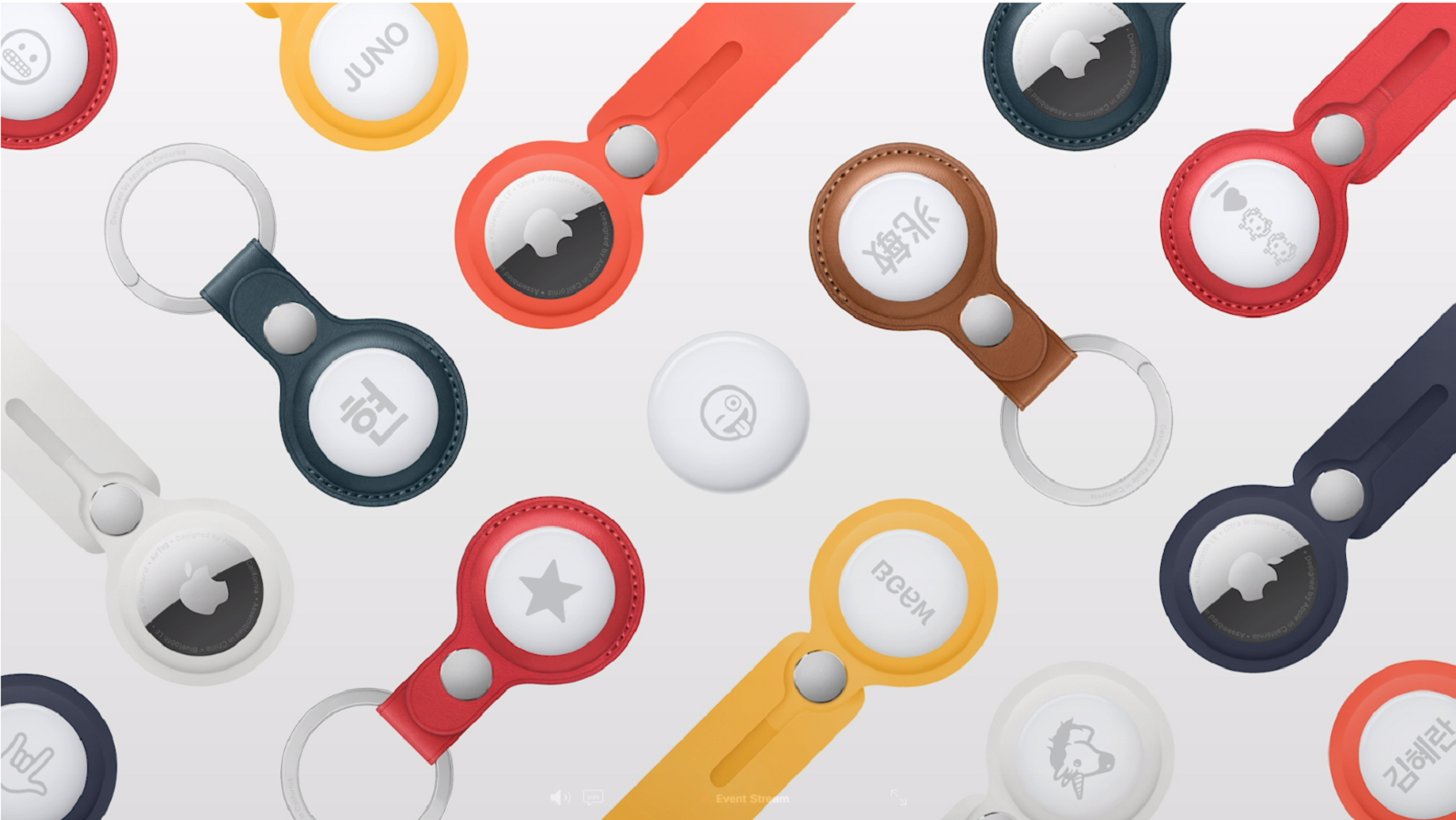
Apple, at long last, unveiled its Apple AirTag item trackers at the recent Spring Loaded event. These nifty little devices should now allow you to keep an eye on your favorite non-Apple items - from your keys to your bike - through the Find My network.
We’re here to answer every question you could have about the Apple Airtags from what devices they work with to if they’re waterproof or not.
We’ve already had some hands-on time with the Apple AirTags, though as we use them more we’ll be sure to update this page and our answers with the most up to date information we can.
- Apple AirTags will, sort of, work with Android phones
- 7 things you may have missed from Apple’s Spring Loaded Event
- Here’s what Apple just killed at its Spring Loaded event
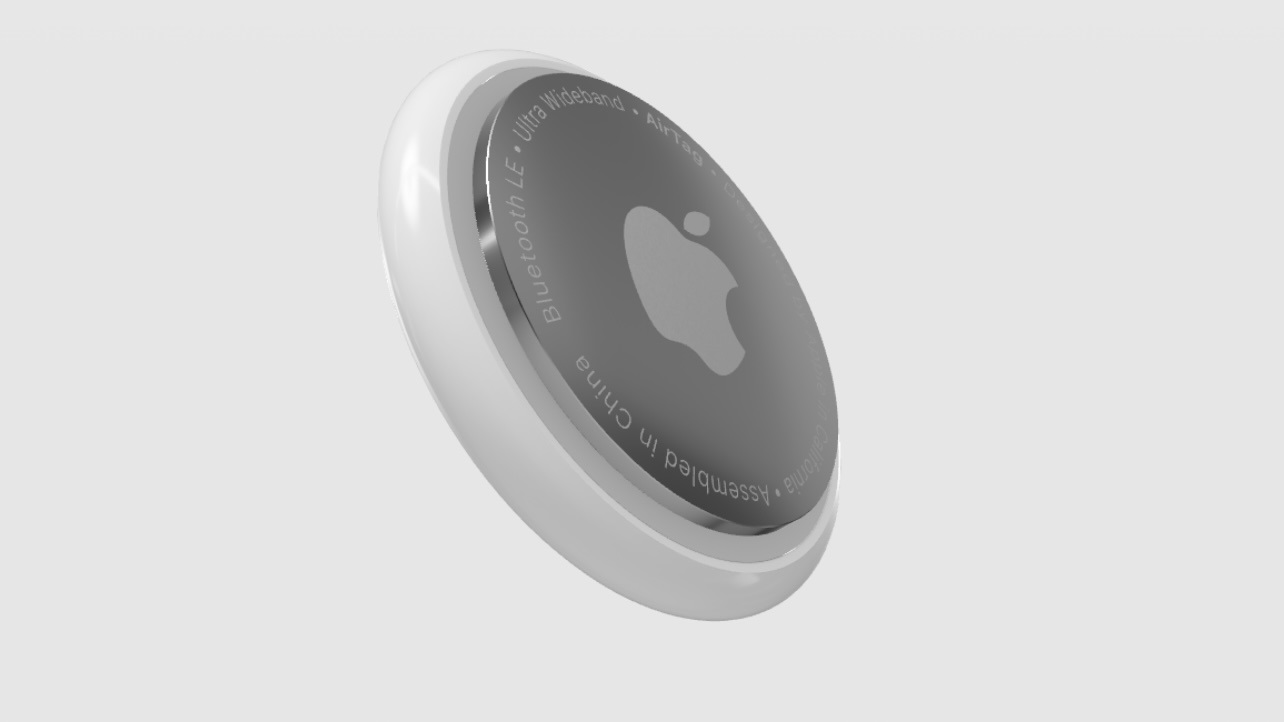
How much do Apple AirTags cost?
One Apple AirTag costs $29 / £29 / AU$45; you could also buy a pack of four for $99 / £99 / AU$149. They’ll go on sale on April 30, 2021.
To attach AirTags to bikes, keys and other items you’ll need an optional fob too. Official ones start at $29 / £29 / AU$45, but expect cheaper third-party alternatives to become available after the Apple AirTags release.
How long do AirTags last for?
AirTags are battery powered so it will depend on the charge and make of battery you use, though Apple expects each tag to last at least one year on a single battery.
What can I track with Apple AirTags?
If you can find a way to securely fasten an AirTag to something, you can track it. Recommended items include wallets or keys (anything you can slip the AirTag into or attach using a fob) but we’d expect alternative fasteners to be released in the future, either from Apple or a third-party, that could expand the range of easily trackable items.
Get daily insight, inspiration and deals in your inbox
Sign up for breaking news, reviews, opinion, top tech deals, and more.
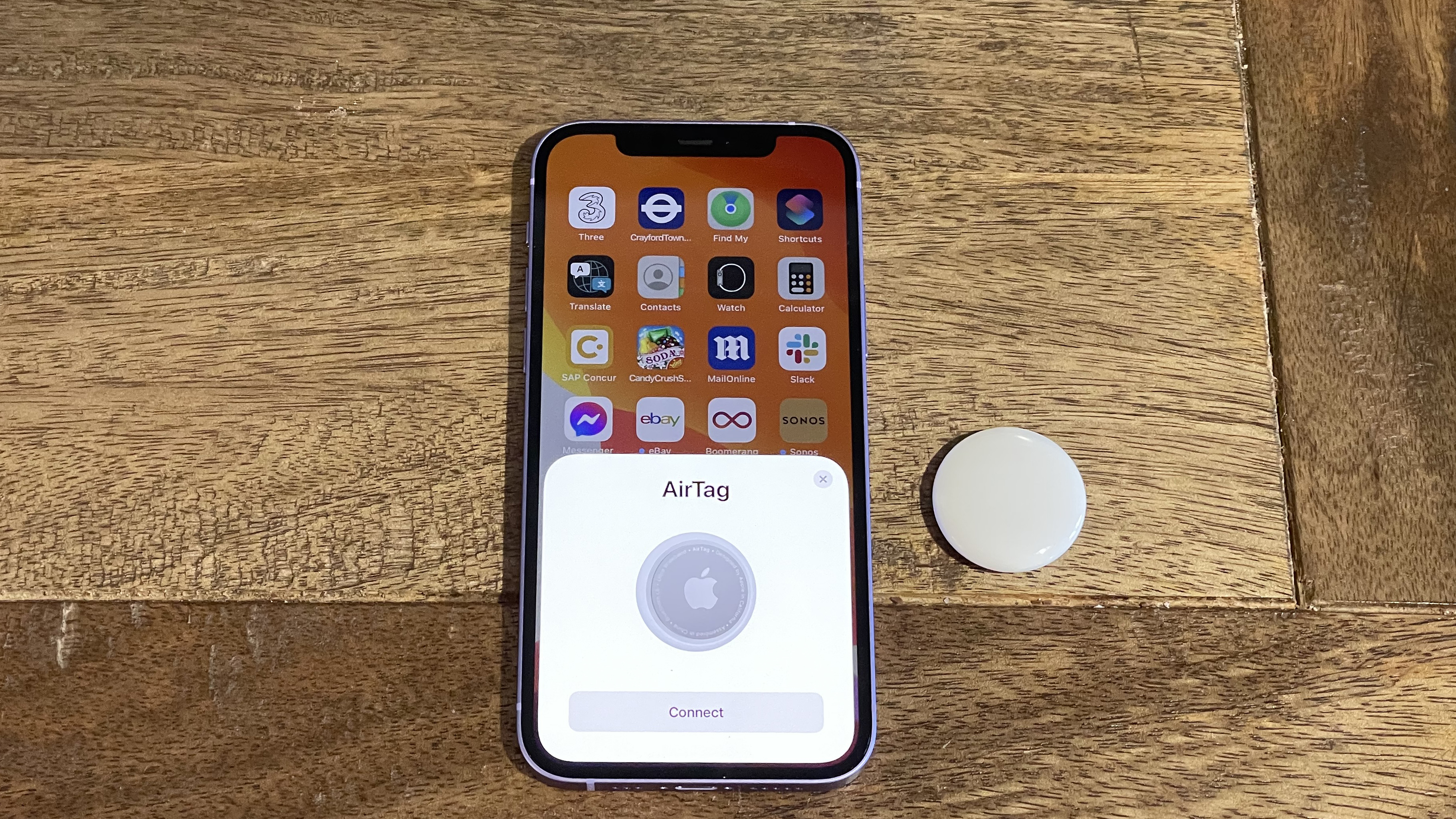
Will my iPhone work with Apple AirTags?
A surprising number of iPhones will work with Apple AirTags when they launch, though not all options will be as good as others. For the best experience you’ll need a device with a U1 Ultra Wideband chip, which is able to more accurately determine the distance and direction of signals coming from the AirTag. Those are:
- iPhone 11, iPhone 11 Pro, and iPhone 11 Pro Max
- iPhone 12, iPhone 12 Mini, iPhone 12 Pro, and iPhone 12 Pro Max
However, any iPhone running iOS 14 should be able to update to iOS 14.5 and will have AirTag compatibility. So you should be covered as long as you’re using one of the following (but your experience may not be as good):
- iPhone 6S, iPhone 6S Plus and iPhone SE (first generation)
- iPhone 7 and iPhone 7 Plus
- iPhone 8, iPhone 8 Plus and iPhone X
- iPhone XS, iPhone XS Max and iPhone XR
- iPhone SE (second generation)
- Best iPhone 2021: which Apple phone is the top choice for you?
What other Apple devices should work with Apple AirTags?
Any Apple device that runs iOS 14.5 (or iPadOS 14.5) will be able to link an AirTag to your Find My app. That means even if you don’t own an iPhone, you could be in luck. If you own any of the following Apple devices, you should be able to use an AirTag:
- iPod Touch (7th generation)
- iPad Mini 4 and iPad Mini (2019)
- iPad (2017), iPad (2018), iPad (2019) and iPad (2020)
- iPad Air 2, iPad Air (2019) and iPad Air 4
- iPad Pro 9.7 (2016) and iPad Pro 10.5 (2017)
- iPad Pro 11 (2018) and iPad Pro 11 (2020)
- iPad Pro 12.9 (2015), iPad Pro 12.9 (2017), iPad Pro 12.9 (2018) and iPad Pro 12.9 (2020)
- iPad Pro (2021) (when it releases)
- Best iPad 2021: is the iPad Air, Mini or Pro the best for you?
What if I have an Android phone?
Then you’re unfortunately out of luck! For now only the iOS devices listed above are set to support Apple AirTags, so if you use Android you’ll need to try an alternative like Tile.
Though you can still help people find their lost items. If your Android phone is NFC-enabled you can scan an AirTag to find out its unique serial number and (if the owner allows it) the owner’s contact information.
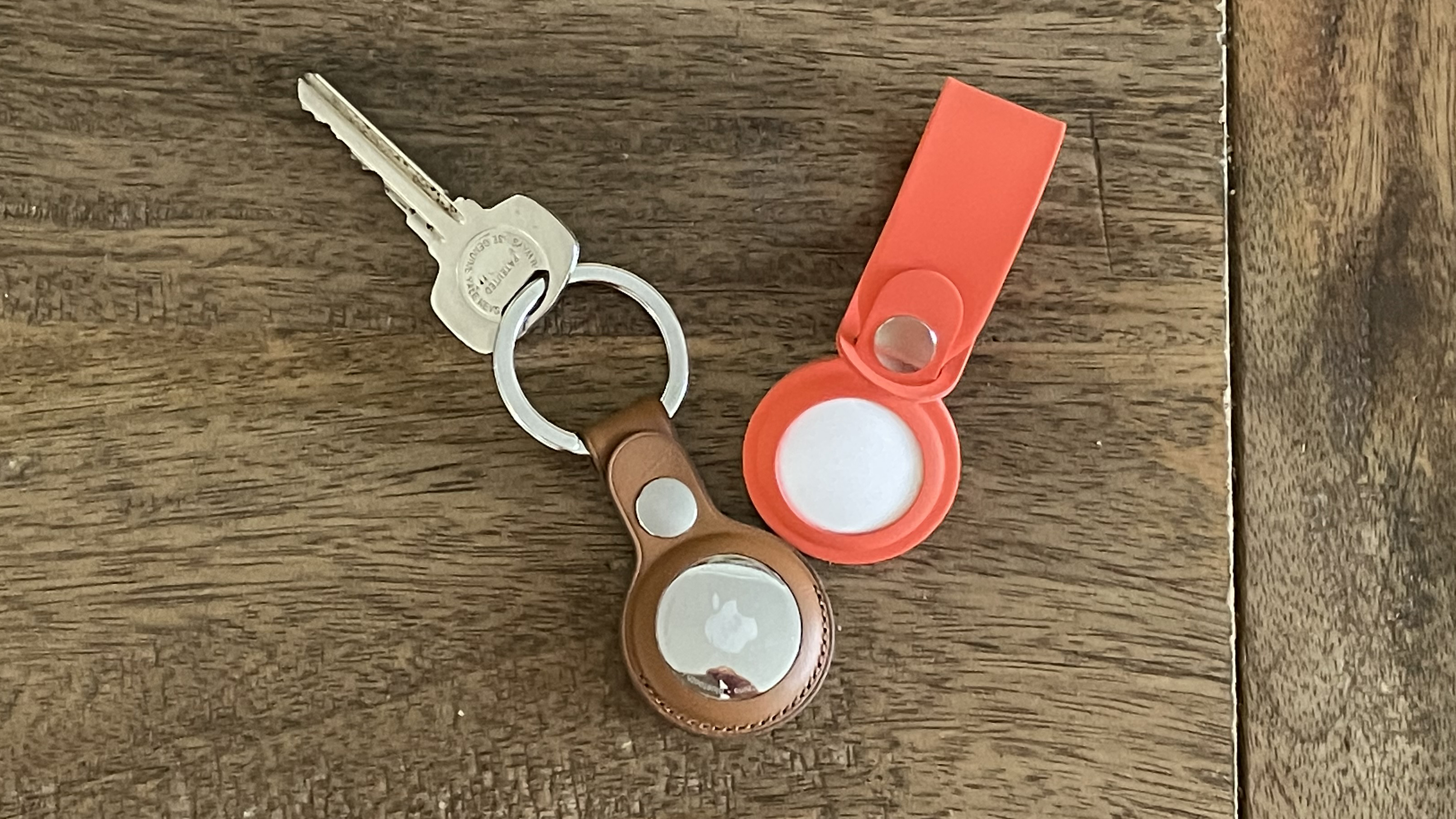
Who can track my AirTag?
According to Apple, only you will be able to track where your AirTag is through the Find My app. Even though the AirTag emits a signal, Apple promises it is end-to-end encrypted, meaning that no one else will know where the signal is coming from, where it’s going to and you won’t know which Apple device owner detected the AirTag either.
Can multiple people track the same AirTag?
No, so you unfortunately won’t be able to share them in a household. Additionally, once paired with an Apple ID, the AirTag can’t be unpaired except by the owner. However, that will mean that AirTags can’t be easily stolen and re-paired by another user.
Can someone track me using their AirTag?
Apple has included multiple security measures to ensure that AirTags can’t be used to stalk people, whether they use iPhones or not.
If you do own an iPhone running iOS 14.5 or later, your device will notify you if it detects that an unknown AirTag is moving with you. The notification will alert you if AirTags that are not paired with your Apple ID, or are not in range of their owner’s device, are near to you after a set period of time. Using the Find My app you can make the AirTag emit a sound to find it more easily and discard it.
If you are an Android user, don’t worry. Once an AirTag has been separated from its paired device for a sufficient period of time, currently about three days, it will begin to emit a sound automatically. This time could be lengthened or shortened by Apple in the future.
Once found, you can report the AirTag’s serial number to Apple by tapping the tag with an NFC-enabled device. That number should be unique and Apple can find out which Apple ID is associated with the tag. Apple advises you should also contact your local law enforcement if you believe you are being tracked.
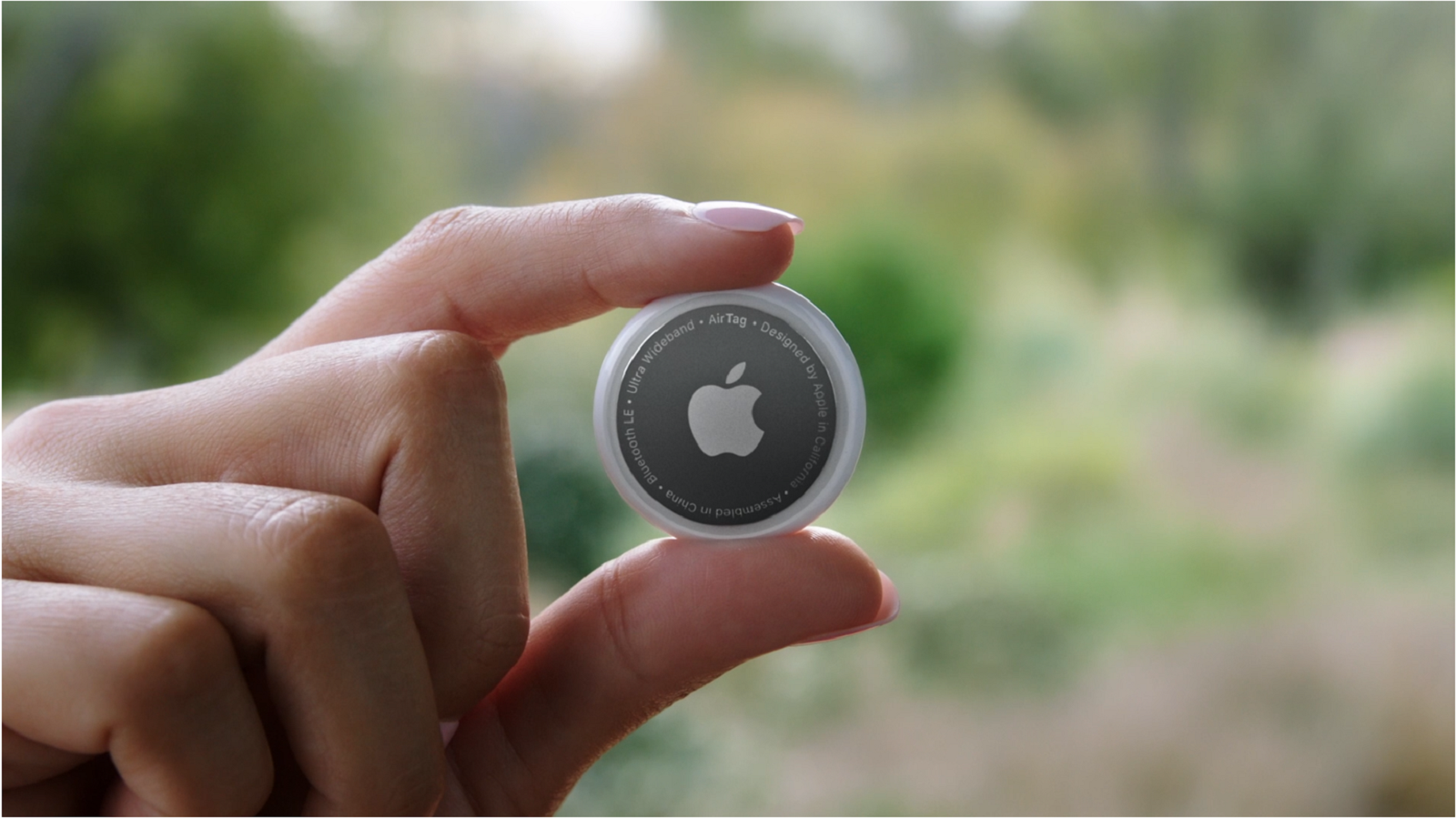
Can an AirTag be switched off?
Because the Apple AirTags are battery powered they can easily be switched off just by removing the battery.
What’s the range of an Apple AirTag?
We don’t yet know for certain but we know that the signal from an AirTag relies on Bluetooth. The most recent version, Bluetooth 5.0 that’s baked into the iPhone 12, has a range of 800 feet / 240 meters so we’d expect something similar for the AirTag’s detection range. If they instead use Bluetooth 4.2 or earlier, we’d expect the signal to be nearer 160 foot / 50 meters or less.
We’ll be sure to update this page as we learn more from our testing.
Are AirTags Waterproof?
Apple AirTags have an IP67 waterproof rating, this means that the trackers can survive being submerged for up to 30 minutes in up to 3 feet of water. So they should survive being dropped in the bath or a puddle.
What if I don’t know I’ve lost something?
If an Apple AirTag is kept away from one of its owner’s devices for a sufficient period of time (three days at the time of writing) it will start emitting a sound. If someone hears that, finds the AirTag and scans it with an NFC-enabled device, they’ll be given the option to turn on Lost Mode for the AirTag and alert you that your tracker has been found.
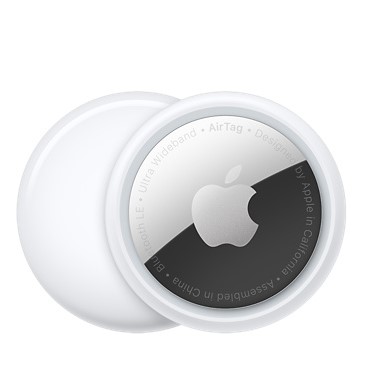
Will detecting AirTags use up much of my data?
Apple has described the data usage of AirTags as “efficient” on its website. For now we don’t know what that would mean in quantifiable terms, but we can’t imagine AirTags would use up significant amounts of your data allowance.
As we learn more about AirTags we’ll be sure to let you know if they do end up eating through your monthly data.
Can I opt out of detecting AirTags?
Yes, though you will also have to opt out of the Find My network and lose all its benefits for your own Apple devices. To do this you’ll want to go to your device’s settings. From there select your name, then Find My, then Find My iPhone and finally toggle Find My Network to ‘off’.
- Read our hands on experience with the Apple AirTags

Hamish is a Senior Staff Writer for TechRadar and you’ll see his name appearing on articles across nearly every topic on the site from smart home deals to speaker reviews to graphics card news and everything in between. He uses his broad range of knowledge to help explain the latest gadgets and if they’re a must-buy or a fad fueled by hype. Though his specialty is writing about everything going on in the world of virtual reality and augmented reality.